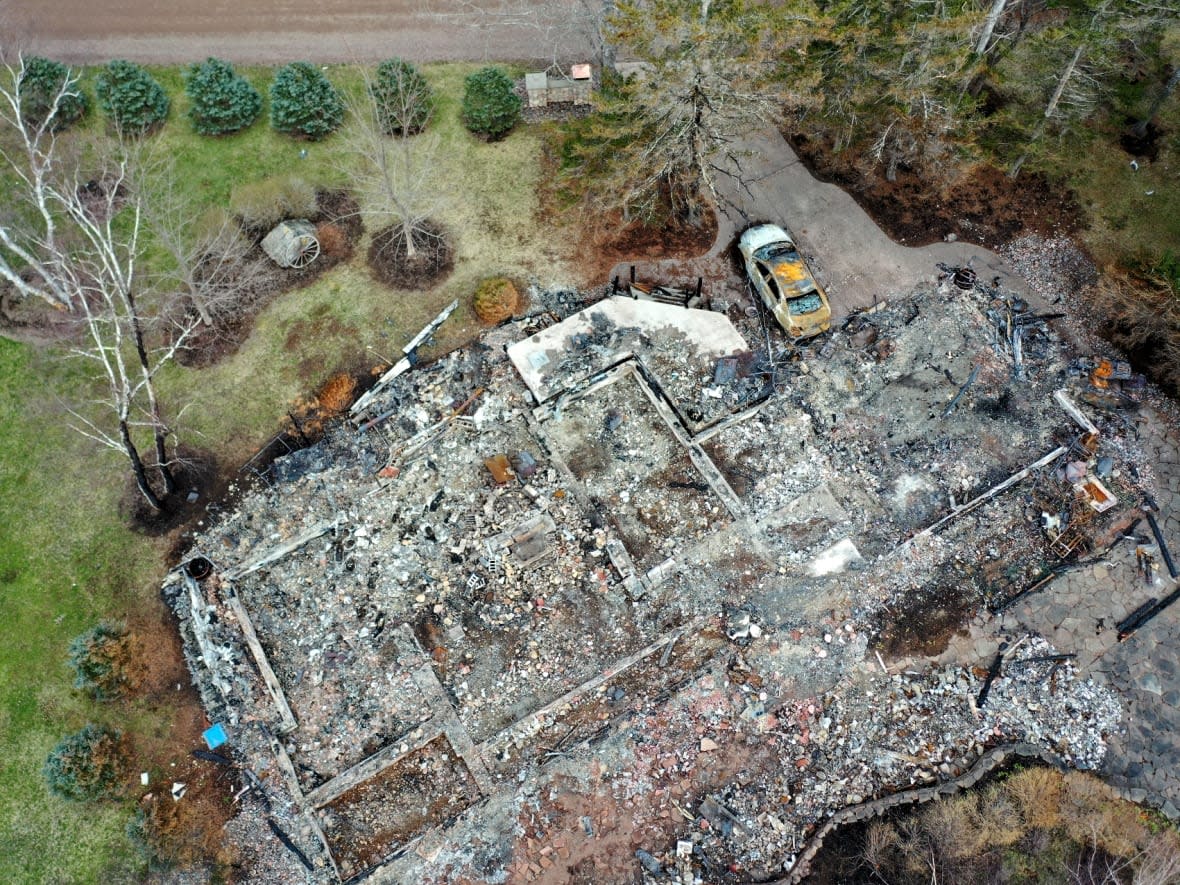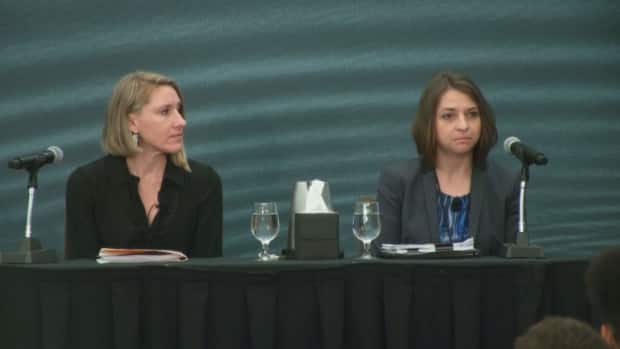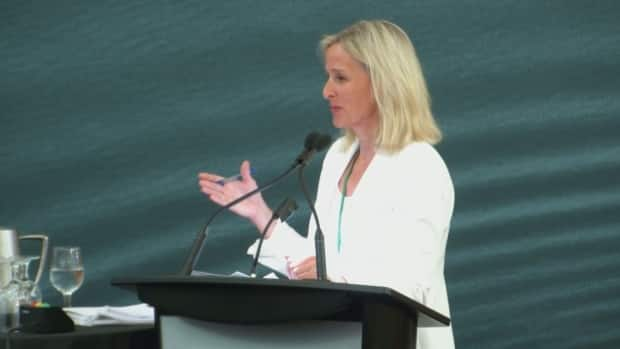RCMP's psychological assessment of N.S. shooter called into question

A psychological autopsy commissioned by the RCMP about the gunman in Nova Scotia's 2020 mass shooting lacked "fundamental" information and can't be treated as reliable, according to two researchers who appeared before the inquiry investigating the tragedy Friday.
In the months after Gabriel Wortman's rampage in April 2020, an RCMP's team — including in-house profilers and an RCMP forensic psychologist — attempted to understand his state of mind at the time of the shootings and identify any behavioural patterns.
In June 2020, RCMP Supt. Darren Campbell revealed some of the initial findings of the 'psychological autopsy,' calling the gunman an injustice collector — someone who held onto perceived insults until he "boiled over into rage."
The report also said the victims were either targeted for perceived injustices of the past or were random targets.
The Mass Casualty Commission brought in psychologists Kristy Martire, an associate professor at the University of New South Wales in Australia, and Tess Neal, an associate professor at Arizona State University, to review the report.
They concluded that the RCMP report's authors "did not at all provide evidence that the method or process used in the report had been measured."
"There is very little information provided in this report that would allow me to say with confidence that it is scientifically credible," Martire told the commission Friday.
Independent assessments of autopsy
During their testimony, Martire and Neal said they made a point of not looking up any information about the shootings before reviewing the autopsy and they asked the commission not to send them any further information.
They read the report separately and independently measured it for the use of eight best practices in psychological assessments. They said it was only somewhat consistent with those best practices and overall not reliable.
They emphasized that the report did not clearly define its purpose or describe the methods used to arrive at some conclusions. Neal said they "struggled" with understanding what question the report was meant to answer, and how that answer would be used.
"One of the cardinal rules of doing a psychological evaluation is that you are clear about what's the question that you're trying to answer," she said. "And then you answer the question."
Martire and Neal noted several "frequent examples of opinions and beliefs being presented as though they are facts," and cited "highly emotive language" as one of several areas of concern that raised the possibility of bias.

The fact that the report authors were all employed by the RCMP — an organization that, as the agency involved in the response to the shootings, may have had a "vested interest" in the outcome of the autopsy — also raised a "clear potential" for bias.
Neal and Martire said bias is not indicative of a lack of training or professionalism, but a risk that needs to be addressed and mitigated. They said there are multiple ways to do so, but none were described in the report.
"So the fact that they were part of the organization that had access to information about the investigation means that it could have raised issues with regards to different types of cognitive bias," said Neal. "So there could have been … confirmation bias potentially with regard to expectations for maybe how the agency wanted this report to come out."
Family, government lawyers raise questions
Martire and Neal faced a lengthy cross-examination by Patricia MacPhee, a lawyer representing the attorney general of Canada and the RCMP.
MacPhee questioned the researchers on a range of topics, including the importance of intended audience — given the document was meant for internal use by the RCMP, the nature of any potential bias in the report, and the merits of the report as a behavioural profile rather than an autopsy.
Martire and Neal remained adamant that regardless of title, audience or intended use, the report fell short of best practices and suffered from a lack of disclosure about methods, sources and author assumptions.
"I think the best practices we're describing are fundamental to understanding the value of the type of content that's in this report," said Martire. "So… whether I was communicating with police officers or whomever, it is my opinion and that's the opinion that's in our report, that you can't understand what I'm saying and you can't make sense of what I'm saying unless I try to give you information about validity, reliability and the other best practices."
Two lawyers representing families of the victims also cross-examined the researchers.
Jane Lenehan, representing the family of Gina Goulet, was blunt in summarizing Neal and Martire's assessment.

"Certainly for my clients … I think this psychological autopsy offered a possible explanation for why their family member was targeted, so my question to you is, can I safely advise my clients to disregard the report?"
Neal was cautious in her response, noting again how the two had struggled with a lack of certainty about the report and its contents.
"My answer is, I don't know," she said. "There might be some value but there is plenty of reason to approach with skepticism and some caution. I would also say…a report like this could, in principle, be of benefit. It could serve the interest of stakeholders, be it law enforcement or the families, but it probably should have taken a different form to do so."
MORE TOP STORIES


